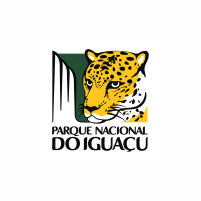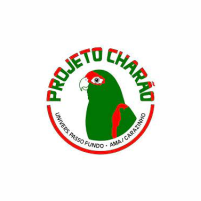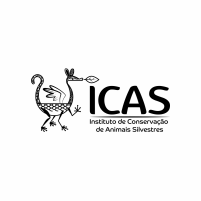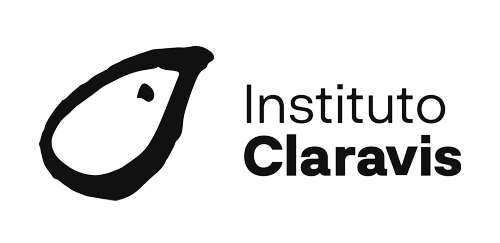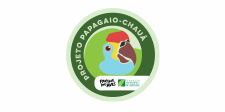Center for Conservation
of Atlantic Rainforest
Birds
Center for Conservation
of Atlantic Rainforest
Birds
Alagoas Curassow chick (EW)


The Problem:
The birds of the Atlantic Forest face an extinction crisis, with many species teetering on the edge.
Our Mission:
To promote the conservation of birds and other species of conservation concern and reduce their risk of extinction, focusing on the Atlantic Forests of Brazil.
Vision:
Effective conservation strategies are implemented to reduce the risk of extinction of every bird species of conservation concern from the Brazilian Atlantic Forest, and conservation professionals and projects receive the support they need.
Current lines of work:
The Center’s primary conservation focus is on Critically Endangered birds: the species where actions now can make the difference between extinction and survival.
The Center works collaboratively with a number of institutions and conservation projects and executes its own field conservation projects. We provide technical expertise, facilitate strategic planning and fund crucial activities.
Some of our species and projects
The Center takes a proactive approach in identifying species and projects in need of support, and supports a number of species in various ways. Here are some of them:
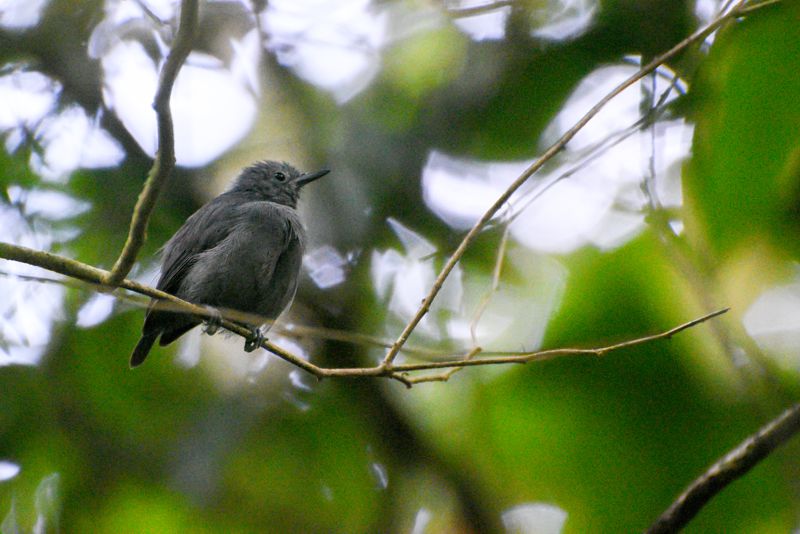
The Alagoas Antwren (CR). Arthur Andrade.
Alagoas Antwren
(Myrmotherula snowi)
There are fewer than 30 individuals of this species left. It was once distributed across several sites in Pernambuco and Alagoas, but is now confined to the upland forests of Murici in Alagoas. The species has declined as a consequence of the extensive deforestation of the Pernambuco Center of Endemism. We are working with SAVE Brasil, ICMBio and federal universities to understand the species’ natural history, improve nest survival, and restore and protect habitats in the surrounding region. Following decisions taken at conservation planning workshops in 2016 and 2019, we are also developing ex situ methods with a model species with support from National Geographic, so that we can be prepared to take individuals into human care if needed.




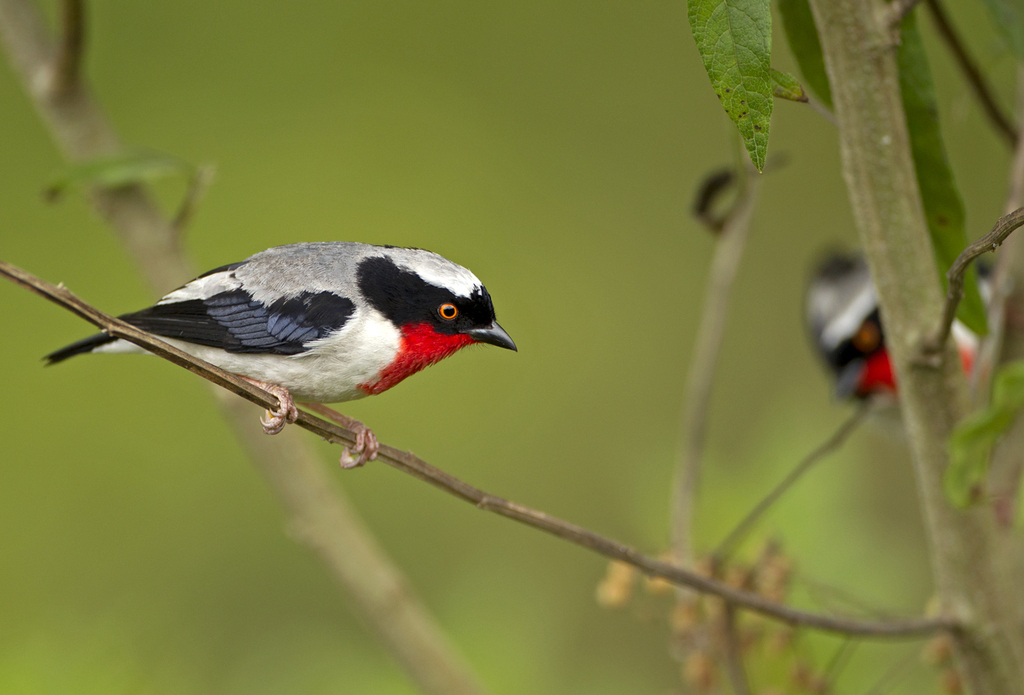
Cherry-throated Tanager (CR). Ciro Albano.
Cherry-throated Tanager
(Nemosia rourei)
The Cherry-throated Tanager is now known from just two sites in Espirito Santo, Brazil. At each site, just one small group of birds has been sighted in recent years, and the population must be very small indeed, perhaps just 20-30. We are supporting the work of the Cherry-throated Tanager Conservation Program, which is funded by the Transmissora Caminho do Café as a requirement of state (IEMA) and federal (IBAMA) environmental bodies, and implemented by Instituto Marcos Daniel. We helped the program monitor and protect a nest of the species in 2020, from which two chicks fledged successfully, and we will facilitate a conservation planning workshop on the species, together with the IUCN SSC Center for Species Survival Brazil, in 2021.
Cherry-throated Tanager
(Nemosia rourei)
The Cherry-throated Tanager is now known from just two sites in Espirito Santo, Brazil. At each site, just one small group of birds has been sighted in recent years, and the population must be very small indeed, perhaps just 20-30. We are supporting the work of the Cherry-throated Tanager Conservation Program, which is funded by the Transmissora Caminho do Café as a requirement of state (IEMA) and federal (IBAMA) environmental bodies, and implemented by Instituto Marcos Daniel. We helped the program monitor and protect a nest of the species in 2020, from which two chicks fledged successfully, and we will facilitate a conservation planning workshop on the species, together with the IUCN SSC Center for Species Survival Brazil, in 2021.
The Alagoas Antwren (CR). Arthur Andrade.

Cherry-throated Tanager (CR). Ciro Albano.
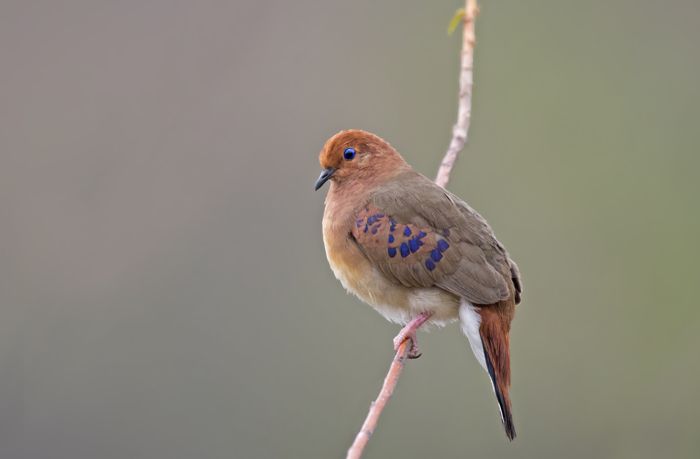
Blue-eyed Ground-dove (CR). Ciro Albano.
Blue-eyed Ground-dove
(Columbina cyanopis)
The Blue-eyed Ground-dove was rediscovered in 2015, after having gone without any certain record for more than 70 years. SAVE Brasil acted quickly to establish a reserve to protect the species, and a State Park in the wider region. However, the known population is still very small: just 31 birds. The decision was taken at a conservation planning workshop in 2019 to establish an insurance population of the species, to guard against its extinction in the event of a catastrophic fire or other stochastic event. We are working with SAVE Brasil to develop the protocols for doing this with minimal impact on the wild population, and to be ready for the opportunistic rescue of eggs, squabs or adults, if needed.

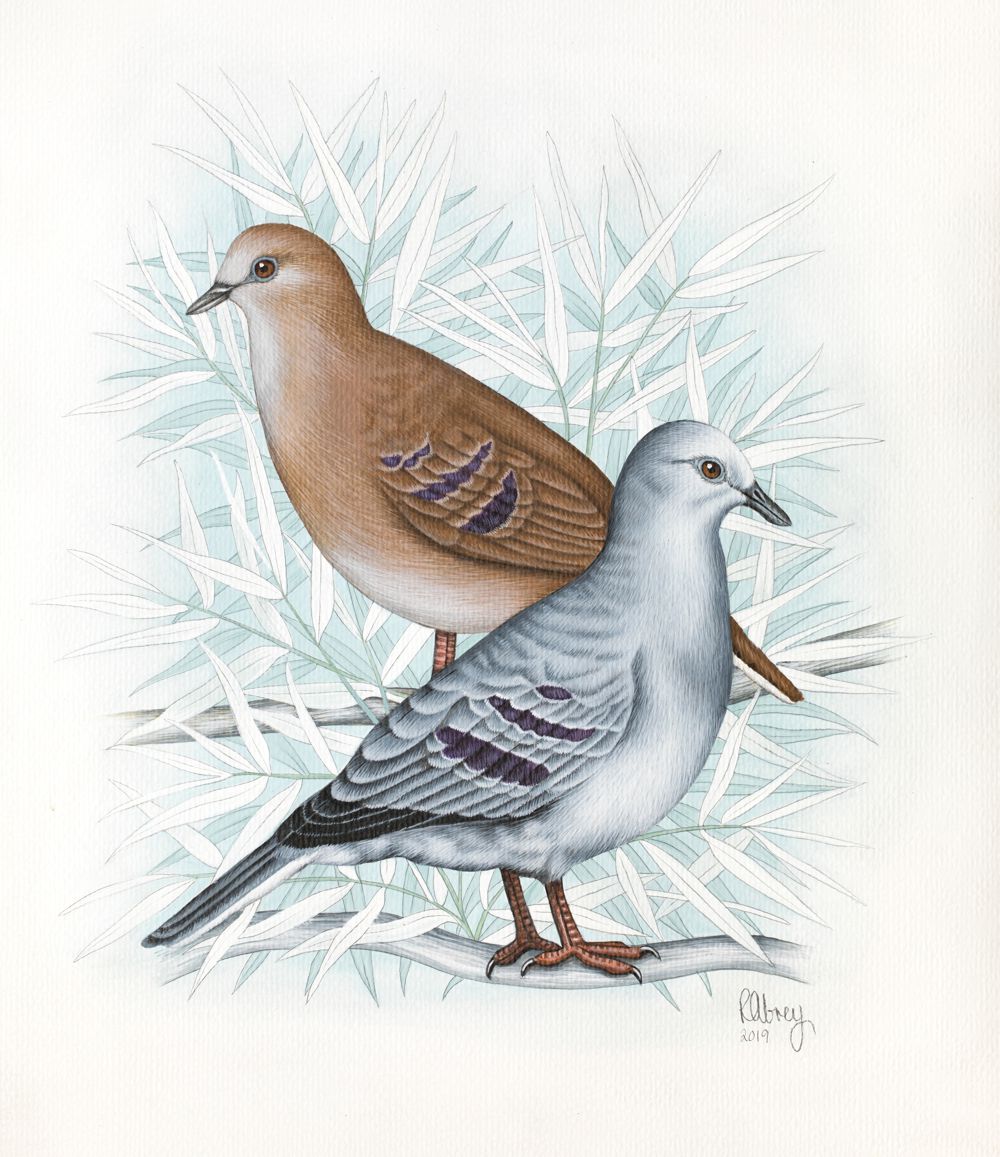
Purple-winged Ground-dove, male and female. Illustration by Robin Aubrey.
Purple-winged Ground-dove
(Claravis geoffroyi)
The Purple-winged Ground-dove is very important to Instituto Claravis: we owe to it our existence, and our name! It is, or was, a forest dove, whose ecology was tightly linked to the masting of Atlantic Rainforest bamboos. The species was probably nomadic, following masting events over large distances – some of the bamboo species only produce flowers and seeds at intervals of around 30 years. Bird breeders built up a captive population in the 1970s and 1980s, but unfortunately these efforts were dissolved by the 1990s after new legislation was introduced, and we lost perhaps our best chance to save the species from extinction. Although the species is listed “possibly extinct” on the Brazilian National Red List, we have not given up! There have been some reported sightings in recent years, which although lacking concrete evidence such as photos or sound recordings, give some hope that the species might still persist. We have also managed to find an old video from one of the bird breeders, Carlos Keller, and with the help of a bioacoustics expert, Carlos de Araújo, we now have a sound recording of the bird’s call that can help us to search for it. We will continue the search with autonomous sound recorders and camera traps, during Guadua bamboo flowering in the Iguaçu region in 2021.
Purple-winged Ground-dove
(Claravis geoffroyi)
The Purple-winged Ground-dove is very important to Instituto Claravis: we owe to it our existence, and our name! It is, or was, a forest dove, whose ecology was tightly linked to the masting of Atlantic Rainforest bamboos. The species was probably nomadic, following masting events over large distances – some of the bamboo species only produce flowers and seeds at intervals of around 30 years. Bird breeders built up a captive population in the 1970s and 1980s, but unfortunately these efforts were dissolved by the 1990s after new legislation was introduced, and we lost perhaps our best chance to save the species from extinction. Although the species is listed “possibly extinct” on the Brazilian National Red List, we have not given up! There have been some reported sightings in recent years, which although lacking concrete evidence such as photos or sound recordings, give some hope that the species might still persist. We have also managed to find an old video from one of the bird breeders, Carlos Keller, and with the help of a bioacoustics expert, Carlos de Araújo, we now have a sound recording of the bird’s call that can help us to search for it. We will continue the search with autonomous sound recorders and camera traps, during Guadua bamboo flowering in the Iguaçu region in 2021.

Purple-winged Ground-dove, male and female. Illustration by Robin Aubrey.
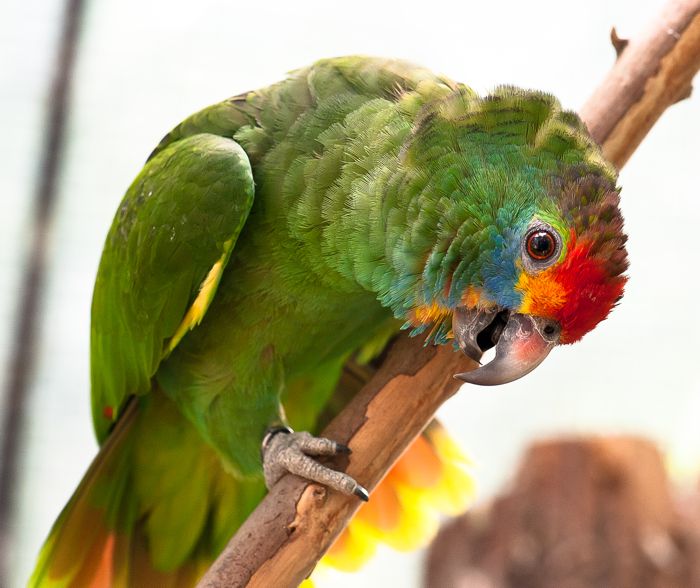
Red-browed Amazon (VU). Parque das Aves.
Red-browed Amazon
(Amazona rhodocorytha)
The Red-browed Amazon is a threatened parrot found in the Atlantic Rainforests close to the coast. Parque das Aves established the Red-browed Amazon project in 2016, and together with Instituto Claravis continues to work to improve the conservation status of this species. It is threatened by illegal trade and habitat loss. We work with local communities in Águas Formosas, Minas Gerais, to raise the profile of the species and to change the culture that results in illegal trade. We have also contributed to a better understanding of the distribution and ecology of the species.
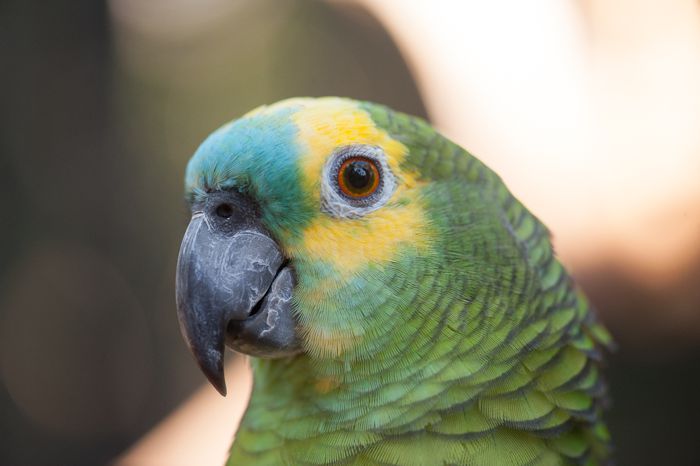
Turquoise-fronted Amazon (NT).
Turquoise-fronted Amazon
(Amazona aestiva)
The Turquoise-fronted Amazon, or Blue-fronted Amazon, is the most-trafficked parrot species in Brazil, with many thousands of nestlings taken illegally from the wild each year. The Blue-fronted Amazon project was established by Gláucia Seixas in 1997, with help from Parque das Aves. Gláucia and her team work to monitor the species in the Pantanal and Atlantic Rainforest, and to work with young people and local communities to tackle the problem of illegal trade. We are very grateful for additional support to the project from the Naples Zoo at Caribbean Gardens.
Turquoise-fronted Amazon
(Amazona aestiva)
The Turquoise-fronted Amazon, or Blue-fronted Amazon, is the most-trafficked parrot species in Brazil, with many thousands of nestlings taken illegally from the wild each year. The Blue-fronted Amazon project was established by Gláucia Seixas in 1997, with help from Parque das Aves. Gláucia and her team work to monitor the species in the Pantanal and Atlantic Rainforest, and to work with young people and local communities to tackle the problem of illegal trade. We are very grateful for additional support to the project from the Naples Zoo at Caribbean Gardens.

Turquoise-fronted Amazon (NT).
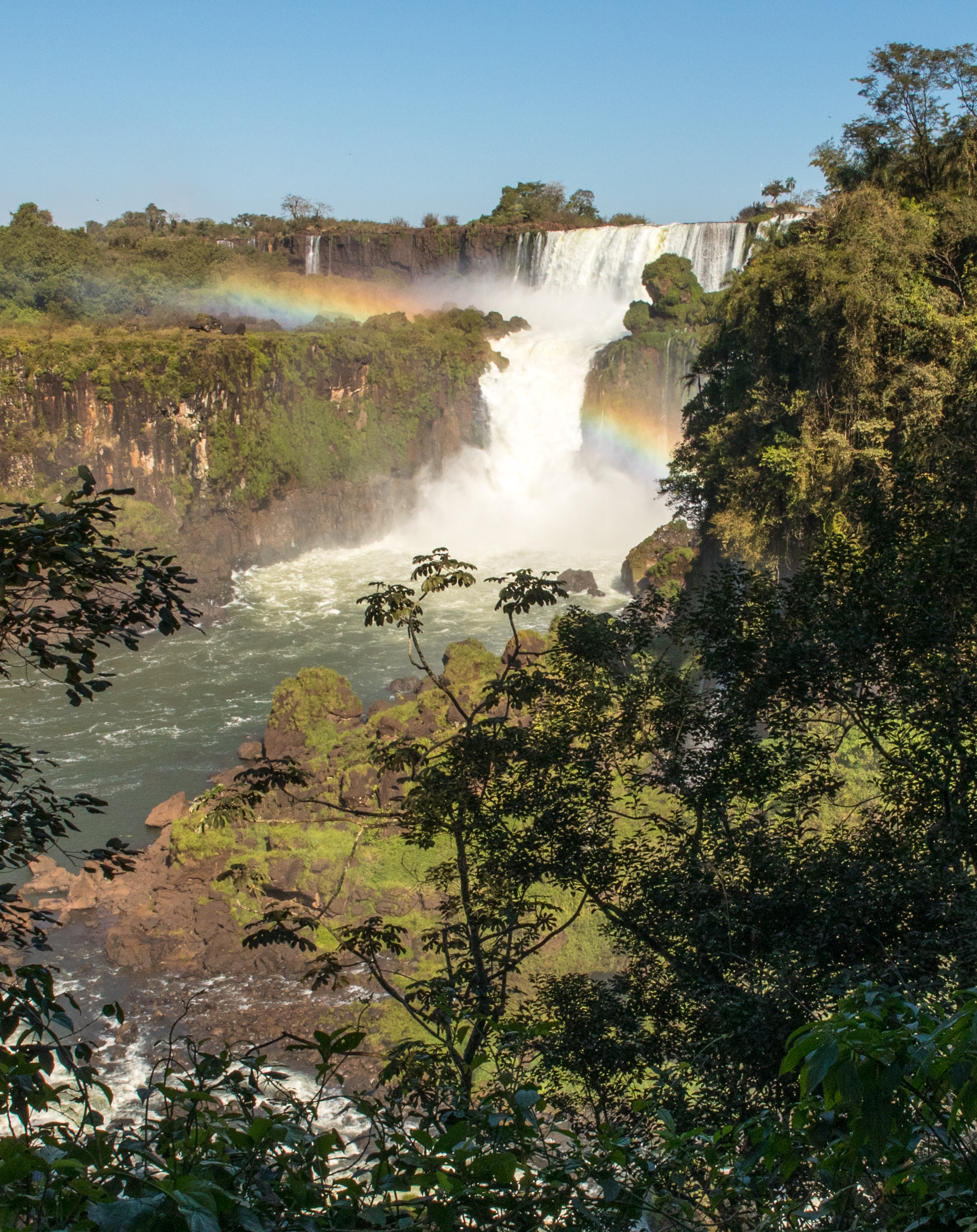
Iguassu Falls. Peter Marting.
Aves do Iguaçu
We work with our neighbours in the Iguaçu National Park to improve knowledge of the avifauna of the park, and to provide the information needed for ecological restoration. As a result of past expeditions and fieldwork, we now have a good understanding of what birds are present in the national park, but there are still large areas that have been virtually unexplored, and there are surely new discoveries to be made. Our current priorities are to encourage and enable greater participation in bird watching by the local community, to carry out focused surveys such as our surveys for Purple-winged Ground-dove, and to collect the information needed to inform decisions about possible future reintroductions of native species.

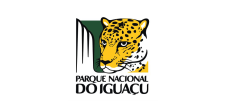

Our Partners
Species conservation works best when many partners work together across many years. For this reason, Instituto Claravis convenes multi-stakeholder workshops to create strategic plans to save species, and the Center for Conservation of Atlantic Rainforest Birds follows an actively collaborative approach as a matter of policy.






